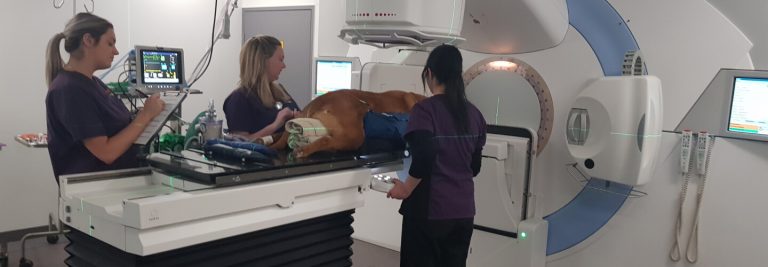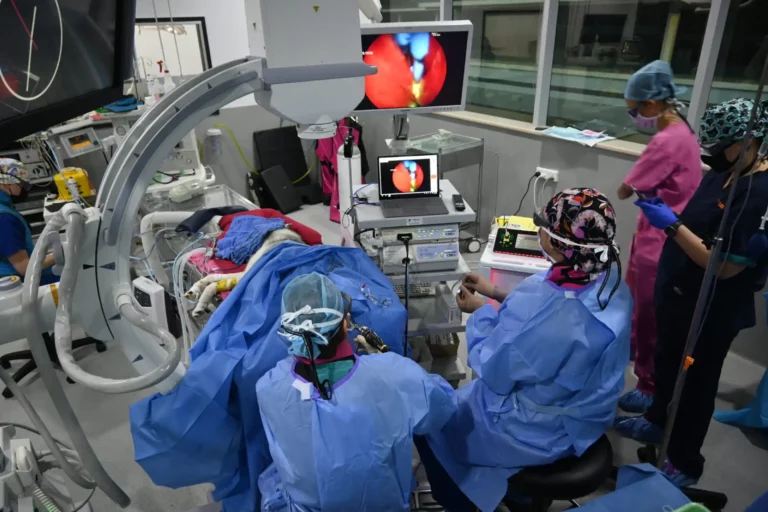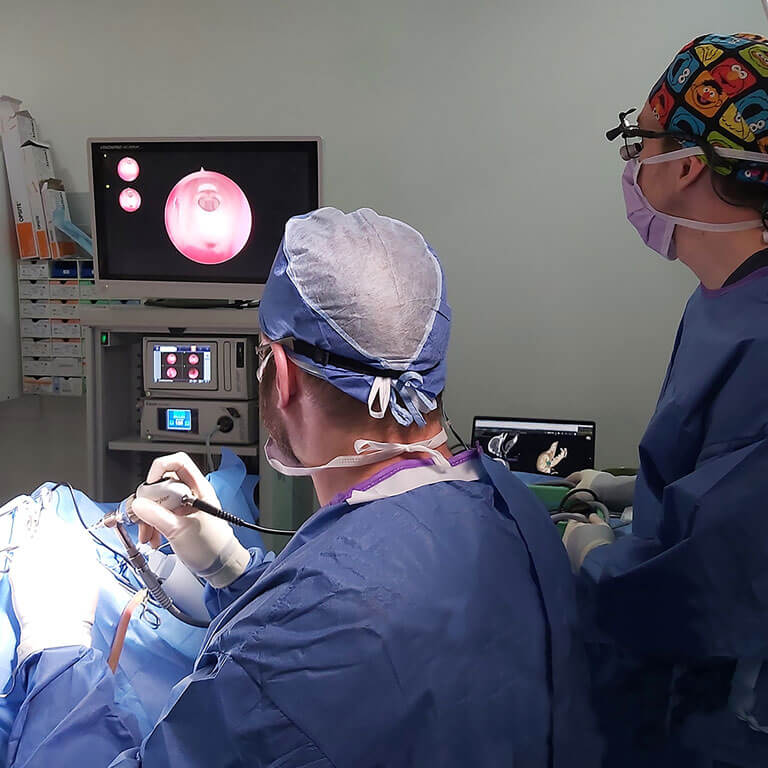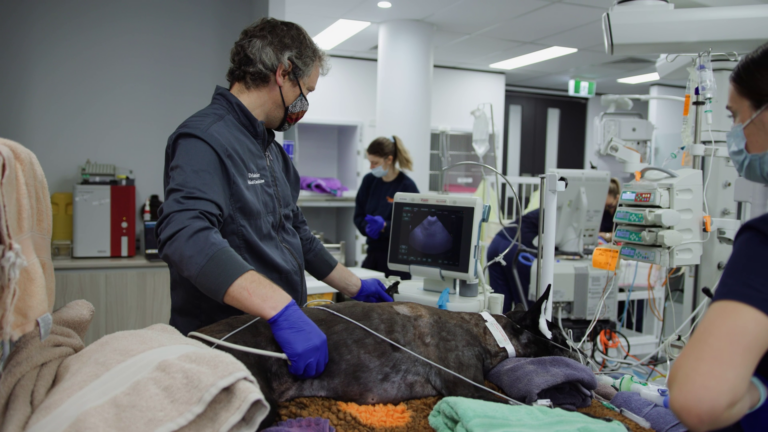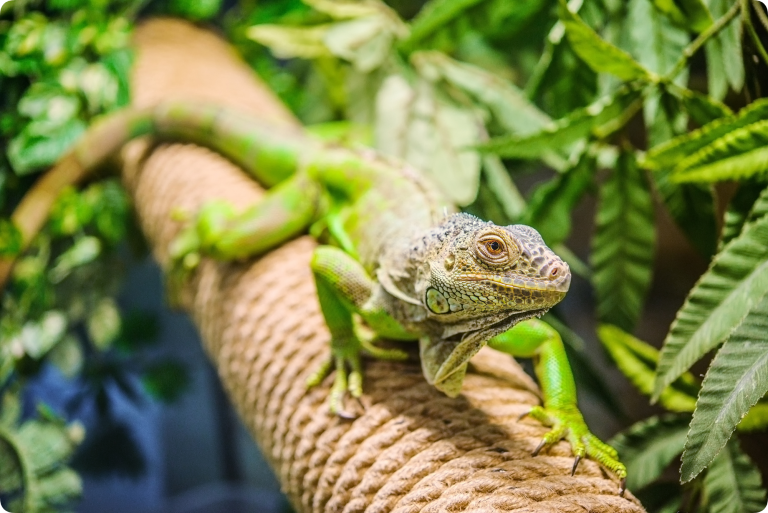A wide range of reptiles can be kept as pets. A licence is required and it is important to ensure that your pet has been bred in captivity.
Every species will have different requirements and it is recommended to research and understand these needs before obtaining any reptile as a pet.
Housing Your Pet
All reptiles require an enclosure in order to provide them with a temperature controlled environment. Reptiles that are unable to thermoregulate effectively are much more likely to become unwell.
All glass tanks are only recommended for turtles and amphibians. Lizards and snakes should be housed in an enclosure partially made of wood or plastic to provide insulation.
Heating
Each species will have their own preferred body temperatures. These can be achieved by provide a source of supplementary heating. Heat lamps, cord or plates can be used. Heat mats and rocks must be avoided, as they can malfunction and cause extensive burns.
The chosen heat source should be regulated with a thermostat and it is generally advised to provide heating day, night and throughout the year. While reptiles often brumate and slow their metabolism during winter, restricting heating in their small captive environment often leads to disease.
UV Lighting
Most reptiles will benefit from some UV. It is a critical requirement for species such as bearded dragons, turtles, skinks (including blue tongue lizards), many geckoes and some species of snakes. It is important to choose a UVB strength that is appropriate for the basking behaviour of the species.
UV lights need to be changed regularly (every 6 months or dependant on the results of UVB monitor). They need to be positioned so that glass, plastic or mesh is not between the light source and your pet.
Nutrition
Various types of rodents are the most common whole prey fed to snakes. Live prey is both illegal to offer and dangerous to the snakes themselves.
Lizards should be fed various types of insects (crickets, wood roaches, silkworms) and a variety of vegetables. Adult lizards require insect protein sources only 1-2 times a week. All food should be supplemented with a liquid or powder calcium source.
Turtles should be offered a variety of food including whole fish, shrimp, frozen seafood mix and insects. Short-neck species also require some vegetable matter and this may include aquarium plants. A calcium supplement should also be provided with these food sources.
Water Quality
Turtles and amphibians require strict attention to water quality to remain healthy.
A cannister filter is recommended for turtle tanks and changing 25% of the tank water very week is advised. Testing the pH, ammonia, nitrite and nitrate is important to manage water health.
Keeping Multiple Reptiles
When housed together (other than for breeding) many species can cause serious and sometimes life-threatening injuries to each other.
Bearded dragons, snakes, turtles and blue tongue lizards are solitary animals and should all be housed alone.
Salmonella Infection
Salmonella is frequently carried by reptiles. This infection poses a risk to young children, the elderly and people with compromised immune systems.
It is important to prevent infection in people by maintaining strict hygiene (washing hands after handling reptiles) and ensuring pet reptiles remain healthy.
It is recommended that at risk people avoid contact with reptiles.
Quarantine
Quarantine of new reptiles is very important. Many diseases can have long incubation periods, so infection may not cause symptoms for several months or more.
We recommended veterinary examination of new reptiles and testing for infections may be advised.
Recommended quarantine methods include:
Strict isolation – ensure all new animals are kept in a separate room. For large collections, it is recommended that new animal be housed in a separate building
Equipment – the enclosure, all enclosure furniture and feeding items should be kept in quarantine and never used in the existing collection. Porous items, such as substrates, cardboard and exposed timber should be disposed of between animals.
Disinfection – handle quarantined animals last and wear only designated quarantine clothes that are cleaned separately. Use veterinary disinfectants, such as F10.
